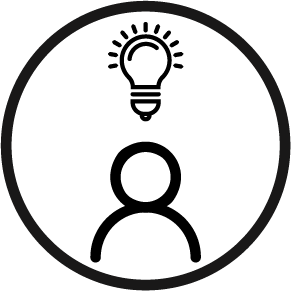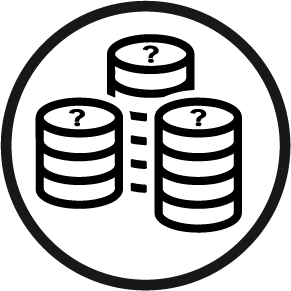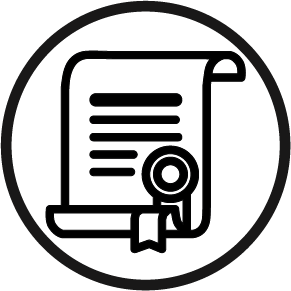Localisation in the Humanitarian Coordination System
Ways to join
Short Summary:
Find out more about localisation in Cluster Coordination and Reponse – what it is, why it is important, and how to do it ethically, practically, and simply.
Course short name:
Localisation Coordination System
Hide course from catalogue: No
Topic: Humanitarian Essentials, Programmatic Support, Technical Sectors
Management Essentials:
Safety and Security:
Programmatic Support: Coordination
Technical Sectors: Education, Food security and nutrition, Protection, Water, sanitation and hygiene (WASH)
Humanitarian Essentials: Diversity and equality
Language: English
Format: Online self-directed
Provider: Child Protection Cluster, Global Education Cluster, Global Nutrition Cluster, Global Wash Cluster, Humanitarian Leadership Academy
Region: Global
Compatibility: Offline, Tablet, Smartphone
Welcome to Localisation in the Humanitarian Coordination System.
This course was created to support cluster and area of responsibility coordination teams to increase their understanding of localisation in humanitarian coordination. It offers practical examples of how localisation practices have been implemented in Cluster and Area of Responsibility globally and at the country level, along with tips for overcoming barriers that might hinder localisation efforts. It gives humanitarian practitioners access to resources and suggestions for advancing localisation in humanitarian coordination. This online course was created by the Global Education Cluster (GEC), the Global Child Protection Area of Responsibility (CPAoR), the Global Nutrition Cluster (GNC) and the Global Wash Cluster (GWC).This course was created to support cluster and area of responsibility coordination teams to increase their understanding of localisation in humanitarian coordination. It offers practical examples of how localisation practices have been implemented in Cluster and Area of Responsibility globally and at the country level, along with tips for overcoming barriers that might hinder localisation efforts. It gives humanitarian practitioners access to resources and suggestions for advancing localisation in humanitarian coordination.
This self-paced course has been created to strengthen the knowledge and skills of people working in cluster coordination in a humanitarian context, at both the national and sub-national levels. This course may be useful to other humanitarian workers, but it is specifically targeted to the roles and responsibilities of coordination teams, coordinators, co-coordinators and information management officers.
 | Who is this course for? |
|---|---|
| This course targets primarily Cluster Coordination teams, including Coordinators and Information Management Officers (IMOs). It is also very relevant to all Cluster partners involved in humanitarian response, service delivery and programme implementation and those working in all clusters/ sectors/ Areas of Responsibility (AoRs). | |
 | How will I benefit from this course? |
After completing this course, you should be able to:
| |
 | How long will it take? |
| This course should take you around 1 hour 15 minutes to complete. | |
 | How much does it cost? |
| This course is free! | |
 | Will I get a certificate at the end? |
| Yes - you will be able to download a
certificate once you have have completed all of the modules within the
course. | |
 | How do I start? |
| Scroll to the top of the page and click on the I agree - Join course button. This will take you through to the course content. You don't need to complete the course in one go - you can always continue later from where you left off. |
Data protection
This course was created by the Global Education Cluster (GEC), the Global Child Protection Area of Responsibility (CPAoR), the Global Nutrition Cluster (GNC) and the Global Wash Cluster (GWC) who monitor use of this course to ensure it is fit for purpose. This means that staff members in the Global Education Cluster will be able to see the name you use on Kaya and any professional information you have given us. All this data will be anonymised before it is used for any analysis or reporting.
If you have any questions about this course, please email ClusterThematics@gmail.com

